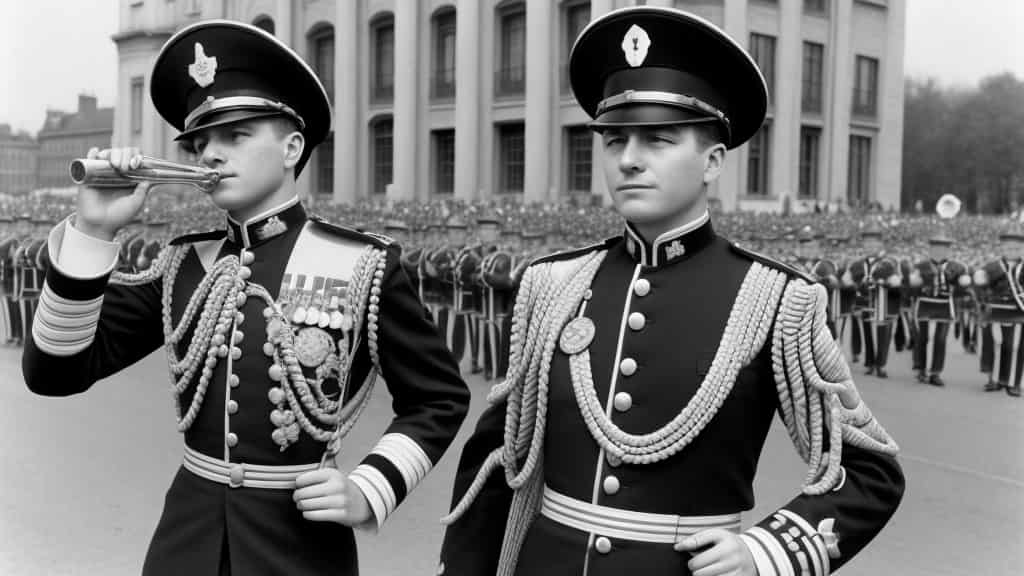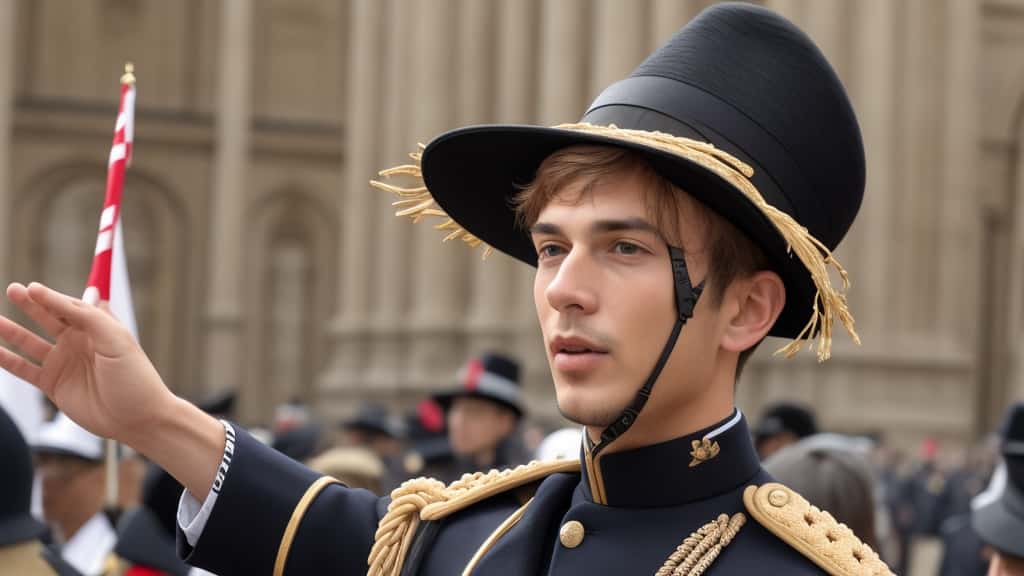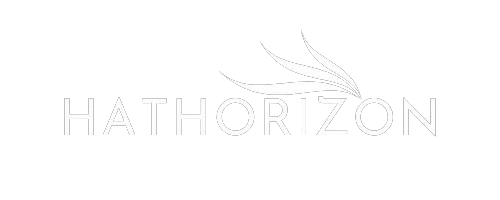Have you ever questioned why everyone in your vicinity removes their hats as the national anthem is playing? Have you ever given it a moment to sink in why we conduct the ritual? It could seem as natural as clapping after a performance. We’re going to examine the historical, psychological, and even scientific facets of this long-standing custom in our comprehensive investigation of “Why Do We Remove Hats for National Anthem?”
Table of Contents
Why Do We Remove Hats for National Anthem: History
Origin of the Tradition
Ancient cultures where hats and helmets were first worn for protection are where the practice of removing one’s hat originated. They eventually developed into representations of social and economic standing. It was a sign of respect and a reference to social hierarchy to take off one’s hat in front of a higher authority.
Significance in Different Cultures
Hat removal has frequently been a universal symbol of respect, from the traditional communities of Asia to the European courts of medieval times. The manners in which this regard is demonstrated can change, though. For instance, only a few types of headwear are removed in some societies, whereas all headgear is acceptable in others.
Transition into Modern Society
The justifications for hat removal have changed as our culture has shifted toward one that is more equitable. Nowadays, respect for one another is more important than social hierarchy, especially when it comes to patriotic symbols like the national song.

Psychological Aspects
Respect and Social Norms
When we are young, we are taught the importance of respecting our flag and national song, frequently by taking off our hats. When this happens, it becomes second nature to us and is something we do without even realizing it.
Cognitive Effects of Following Traditions
Respecting customs, such as taking off hats for the national anthem, improves group cohesiveness. According to psychologists, ritualistic behaviors have cognitive advantages such as a stronger sense of community and belonging.
The Role of Etiquette
Formal Settings vs Informal Settings
The custom of taking off one’s hat during the national anthem is there whether you’re at a stadium filled with enthusiastic spectators or at a small ceremony. It crosses the line between official and casual situations, showing its importance as a cultural mainstay.
Gender Differences in Hat Etiquette
When it came to headwear, etiquette norms were often different for men and women. Men were more prone to remove their caps, but women were more adaptable. However, as society conventions shift, the rules of hat etiquette have become increasingly gender-neutral.
Modern Interpretations
Traditions are also being reinvented by new generations. Instead of removing their headwear, some people now make a symbolic gesture like placing their hand over their heart, which corresponds to their personal beliefs or stylistic preferences.
Scientific Analysis
“Is taking off my hat during the national anthem just a matter of manners, or is there more to it?” you may think. According to research, our body language, especially the process of removing our hats, has an impact on how we feel and are regarded by others. When repeated in large numbers, this little action may magnify feelings of patriotism or communal respect.
Studies have shown that social rituals, even simple ones like removing a hat, can have an impact on societal cohesion. Rituals have the power to bind individuals and provide a sense of shared identity.
Legal Implications
Though not legally binding, procedures exist, such as the United States Flag Code, which recommends that males remove their hats during the national anthem. These principles, however, are more prescriptive than legally binding.
While no one is being imprisoned for wearing their hat, failing to follow this societal standard has sparked public debate and even legal challenges. A famous example concerned a school where the choice not to remove a hat sparked a heated debate about the limits of free expression.
Statistical Insight
Have you ever wondered what the guy sitting next to you at the stadium thinks about removing your hat during the national anthem? Polls show an intriguing gap. According to a recent poll, over 70% of respondents thought that removing the hat was a gesture of respect, while the remaining 30% thought it was optional.
When it comes to age, there appears to be a generational divide. Hat removal is more likely to be considered necessary by older generations. The younger generation, on the other hand, sees it as a matter of personal choice, emphasizing individual liberties.
Global Comparison
It may surprise you, but the habit of removing headwear during the national anthem isn’t limited to the United States. Countries such as the United Kingdom, Canada, and Australia have comparable customs, with small differences.
Interestingly, the act of removing one’s hat for national anthems in different countries reflects diverse ideas of patriotism. While some countries regard it as a symbol of national pride, others perceive it as a simple act of courtesy.
Controversies and Criticisms
The hat-removal practice is not universally accepted. Critics claim that it is an antiquated form of expression and that new ways of expressing respect should be accepted.
Is it simply conforming to social pressure to remove one’s hat during the national anthem? According to ethicists, such rituals might sometimes be used to impose obedience rather than real shows of respect.

Do Women Have to Take Their Hats Off During the National Anthem?
Historical Context and Changing Norms
Women have traditionally had greater leeway when it comes to hat etiquette. Historically, women’s hats were regarded an accessory rather than an integral element of their clothing.
The complex designs and, often, the manner in which these hats were tied to the hair made them difficult to remove on the spot. As a result, it was socially acceptable for women to wear hats on public occasions such as the national anthem.
The etiquette around this topic is changing in current times. While traditional hat etiquette is still severely enforced in some groups, most social settings now support a gender-neutral approach. Women, like males, are increasingly seen removing their hats during the national anthem as a symbol of respect.
Women have traditionally had greater public opinions over whether women should remove their hats tends to go toward personal choice. According to polls, the majority of respondents agree that the act should not be gender-specific and should be left to the discretion of the individual.
The essence of this act is less about the act itself and more about the sense of respect and national pride it is meant to communicate.
Do Military Personnel Remove Their Hats for the National Anthem?
Tradition Meets Regulation
Military personnel, unlike civilians, have a strict code of behavior that includes actions during the national anthem. These processes, unlike civilian conventions, are incorporated into military regulations and marching bands. These are regarded as a formal element of military service.
Salute Over Hat Removal
For those in uniform, the traditional gesture during the national anthem is to salute rather than remove the hat, termed as a “cover” in military language. The salute is a ceremonial military gesture of respect that is suitable both indoors and outdoors when the national anthem is played.
Variations Across Branches
While the overall rule of saluting during the national anthem applies to all branches of the military, there may be minor differences. For example, naval traditions may differ slightly from those of the army or air force, but the salute remains a common thread.
Out-of-Uniform Guidelines
Military soldiers who are not in uniform can either salute or place their hand over their heart, just like civilians. However, since Congress amended the United States Flag Code in 2008, there has been a tendency toward uniformity in saluting, whether in uniform or not.
Exceptional Scenarios
Certain scenarios, such as military funerals or other serious ceremonies, may necessitate the use of additional or alternative protocols. These are explicitly defined in each branch’s regulations and are strictly followed by service members.
Public Perception and Debate
Military troops saluting during the national anthem has occasionally stirred discussion, especially when contrasted with civilian practices. Some say that the military approach instills the deed with solemnity and a sense of obligation that civilians should mimic. Others argue that the freedom to express oneself is a principle that the military serves to defend.
National Anthem Etiquette: A Comprehensive Guide
The Importance of Etiquette
Understanding national anthem etiquette entails far more than simply knowing when to take off your hat or salute. It is the result of a collision of history, culture, law, and personal values. Many people regard proper manners during the national anthem as a universal gesture of respect for one’s country, its history, and its future.
Civilian Protocols: A General Overview
The traditional etiquette for the common citizen is quite simple: stand up, face the flag, and either place your hand over your heart or remove your hat. These actions are not required by law but are often considered as a standard form of respect.
There are variations based on your cultural background, personal views, or even the setting—whether it’s a sporting event, a school ceremony, or a private gathering.
Global Practices: A World of Difference
National anthem etiquette varies greatly over the world. In some nations, it is traditional to sing along, whilst in others, the emphasis is on standing respectfully. International events frequently give an interesting tableau of these disparate habits, providing a glimpse into global customs.
Future Trends: A Changing Landscape
Our traditions and customs change as society changes. Alternative forms of expression during the national anthem are already being accepted, whether it’s a clenched fist, a knee on the ground, or a simple palm over the heart.





